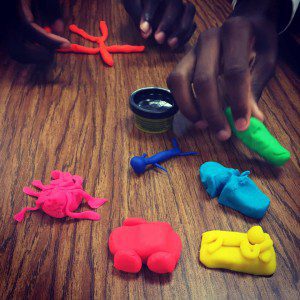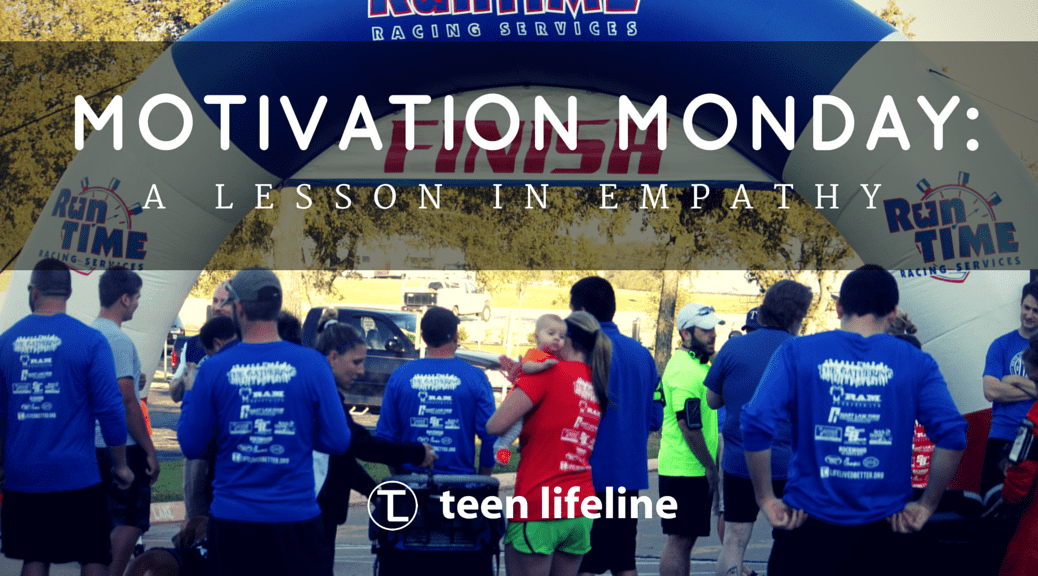We are less than 9 weeks away from our 7th annual #TL5K! In order to celebrate our biggest fundraiser of the year and bring awareness to what actually happens through Teen Lifeline Support Groups, we are going to release a bonus blog once a week until our 5K on April 2nd! These blogs will be a small glimpse into the stories of teenagers we work with and some of the facilitators who make these groups possible.
We are passionate about these groups because we get to see the faces, hear the stories and speak truth every single week. If you are just now getting introduced to Teen Lifeline or are wanting to know more about how we are helping teenagers live life better, these stories over the next 9 weeks are going to be a great way to take a behind-the-scenes peek at our non-profit.
I often get asked about our support groups and what a successful group looks like. You have no idea how tricky that question is…what does the perfect family look like? What are the characteristics of a perfect classroom? These questions are impossible to answer because…it depends.
It depends on the situation, the group of students, the needs of the group and the end-goal. Every single one of my groups is different, but one is not necessarily more successful than the others; however, there is one group in particular that comes to mind when I think of facilitating these support groups.
Last year, I was able to lead a middle school support group at an alternative campus (these are students who have been moved from there campus for one disciplinary reason or another). This being the first group I had ever led, I was nervous and a little (or a lot) anxious. I wondered how I would relate to these young trouble makers, if they would actually talk to me and how I would get them to connect with each other when they were more worried about video games and which boy liked them that week. Through the course of a school year, I saw over 36 middle schoolers in group, some that stayed with me for several months and some who were only there a couple of weeks.
In one particular g roup, we were talking about stress (by playing with play-doh, of course!), and one of the girls brought up her situation living in foster care. She talked about the stress of moving through different foster homes and new “siblings” that she was trying to get along with.
roup, we were talking about stress (by playing with play-doh, of course!), and one of the girls brought up her situation living in foster care. She talked about the stress of moving through different foster homes and new “siblings” that she was trying to get along with.
In this same group, I had a boy who sweet, brilliant, and very shy. He rarely spoke up in group, but as his peer talked about her fears and anxiety about home life, he stopped her and asked, “Are you okay? Do they ever hurt you?” He cut right to he chase (which made me a little nervous), but showed empathy in a way that was surprising for a middle schooler. Without me saying a word, these two started a conversation about getting help if she didn’t feel safe and how to deal with difficult family members. Even though I was the group facilitator, these two guided our group through discussion around dealing with stress and how to positively react when you are put in negative situations.
If I had to pick one thing, that would be my favorite characteristic of a successful group – when they reach out and encourage one another. Finding a connecting point with peers is huge, especially if you feel like you are on an island all by yourself. Our groups empower teenagers to seek out these relationships and let them know that they are not the only ones dealing with junk.
I am so thankful that I work for a ministry that allows these types of conversations to happen. A ministry that equips students to deal with stressful situations, encourages teens to open up and seek relationships, and empowers them to live their best life possible.

